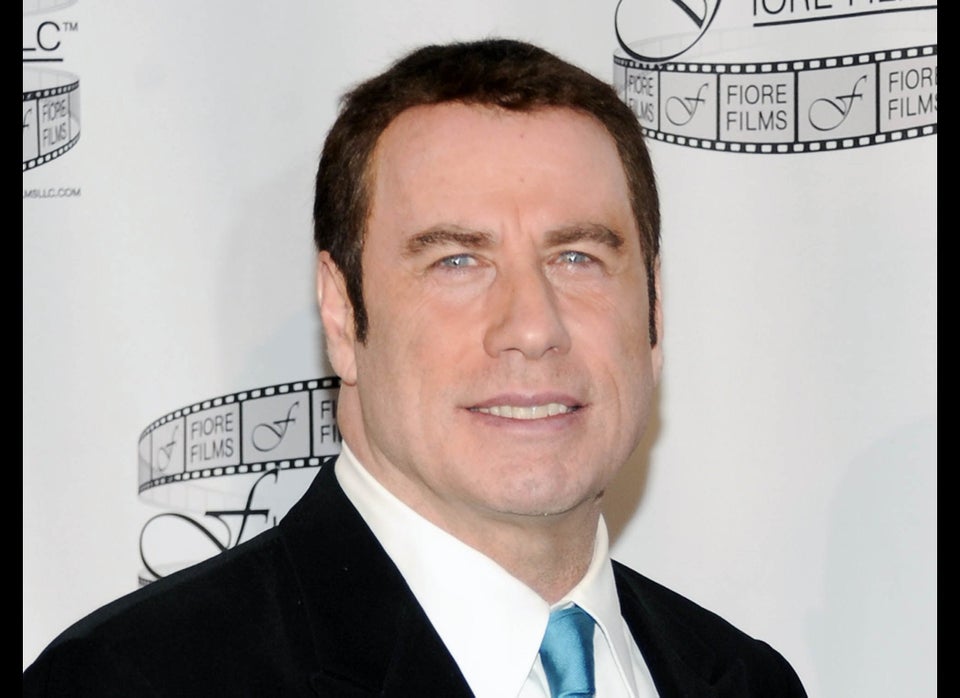
NEW YORK -- The Church of Scientology has been thinking for some time how to handle Lawrence Wright's highly-anticipated book hitting shelves Thursday, “Going Clear: Scientology, Hollywood, and the Prison of Belief."
In late 2012, the church reached out to the Atlantic magazine about running an advertising campaign around the book's release, according to an Atlantic source with knowledge of the situation. On Monday, the Atlantic published an advertorial -- an advertisement resembling editorial content -- describing how David Miscavige led Scientology to a "milestone" year.
The Scientology-glorifying advertorial was met with ample mockery online. Before the The Atlantic removed it and acknowledged having "screwed up.” Atlantic writer Jeffrey Goldberg offered his two cents on the site, writing that “there is no more careful reporter in the world than Larry [Wright], and no one who is as thorough and as indefatigable.”
That's not an uncommon view of Wright, who won a Pulitzer Prize for his 2006 book on al Qaeda, "The Looming Tower," and received much acclaim for his 2011 New Yorker profile of writer, director and Scientologist apostate Paul Haggis.
The New York Times' Charles McGrath recently wrote that “Wright is known for his thoroughness and for his legal pads and his filing-card system, which in the computer age is as complicated and as antique as the historian Robert Caro’s." Early reviews for "Going Clear" have been "overwhelmingly positive," often citing the author's deep detail.
While it's tough to push back against a writer with such bona fides, the Church of Scientology has made some attempts over the past week.
On Jan. 11, the church put out a statement calling Wright's book "so ludicrous it belongs in a supermarket tabloid" and describing its claims as "nothing more than a stale rehash of allegations disproven long ago."
The author and the publisher refused to provide the church with a copy of the book and showed little interest in receiving input from the church during the writing or so-called “fact-checking.” In the two years that Mr. Wright spent on his book he sent the church only a dozen isolated and esoteric 'fact checks.'
On Monday came the advertorial, which the Atlantic removed amid criticism roughly 11 hours after it went online. Two days later, on Wednesday, a representative with public relations and crisis management firm Sitrick and Co. approached the The Huffington Post about running a church-written op-ed that would address what church leaders consider to be factual errors in the book.
When this reporter asked to speak with someone about the church media strategy, Mike Sitrick, founder of the firm, said that while his company has represented the church for three-and-half-years, it was not retained specifically "to deal with publicity or anything else surrounding the book" and could therefore not address such questions. Sitrick referred questions about dealing with reporters and reviewers to Karin Pouw, the church public affairs director. Pouw did not respond to questions about the church's response or the advertorial.
A spokesman for Knopf, Wright's publisher, responded to church claims that the book wasn't properly fact-checked or vetted in an email to The Huffington Post:
Wright spent several years researching and writing GOING CLEAR. During that time he conducted over 250 interviews, the majority of them with present and former Scientologists; sourced original material about the Church and its founder; read thousands of documents; and did extensive reporting. He was assisted by a fact checker throughout the process. The fact checker was in contact with the Church numerous times prior to publication, having sent over 150 queries to one of their spokespeople. The Church responded slowly and evasively, frequently putting forth their own agenda and complaining about the focus of Wright’s reporting rather than addressing Wright’s queries. Additionally, Wright provided officials from the Church with repeated opportunities to speak on the record and they declined to do so. As part of the publication process, the book went through a vigorous vetting by Random House counsel. It is worth noting that Wright is a Pulitzer Prize-winning author, and the genesis of this book –- his The New Yorker article about Paul Haggis (“The Apostate”) -– won the National Magazine Award for reporting. Given the arc and scope of Wright’s narrative, and the readership it is likely to draw, it is unsurprising that the Church has chosen to vilify Wright, as well as reach out to media organizations in an effort to influence their coverage of his book.”
Wright has talked in the past about what went into fact-checking the lengthy New Yorker piece, which included sending 971 queries to the church. A high-ranking church official responded to those queries by bringing 47 volumes of research material to an all-day meeting with Wright, editor David Remnick and several fact-checkers assigned to the story.
“I don’t think in the magazine’s history, I can’t imagine, that we’ve ever devoted that kind of scrupulousness to one single story,” Wright told NPR after publication.
The church has yet to challenge several explosive charges in the book, portions of which appeared earlier in the New Yorker.
Wright's reporting casts doubt on Scientology founder L. Ron Hubbard’s claims of military heroism and having sustained injuries that were healed through Dianetics -- a key moment in the narrative of Scientology's founding. Wright also reports that Miscavige has been accused of beating subordinates and forcing church members to sleep in his confinement quarters known as “the Hole,” according to a Daily Beast roundup of revelations. An excerpt, published in The Hollywood Reporter, describes how the church "trapped" actor John Travolta.
The church is famously litigious, and perhaps it's the fear of lawsuits that has prompted publishers in Canada and the U.K. to decide not to release Wright's book.
In the past, the church has pushed back hard against negative press, going as far as distributing a 95-page magazine attacking Anderson Cooper in front of CNN’s office in response to the host’s investigative series: “Scientology: A History of Violence.” In 2008, church public affairs director Pouw published a 15-page response to a biography of actor and celebrity Scientologist Tom Cruise, denouncing the work as a "bigoted defamatory assault replete with lies."
Despite the church's claims about Wright's intentions, the author recently told the Times he wasn't motivated to write a Scientology exposé.
“Why would I bother to do that?” Wright said. “Scientology is probably the most stigmatized religion in America already. But I’m fascinated by it and by what drives people to Scientology, especially given its image.”

